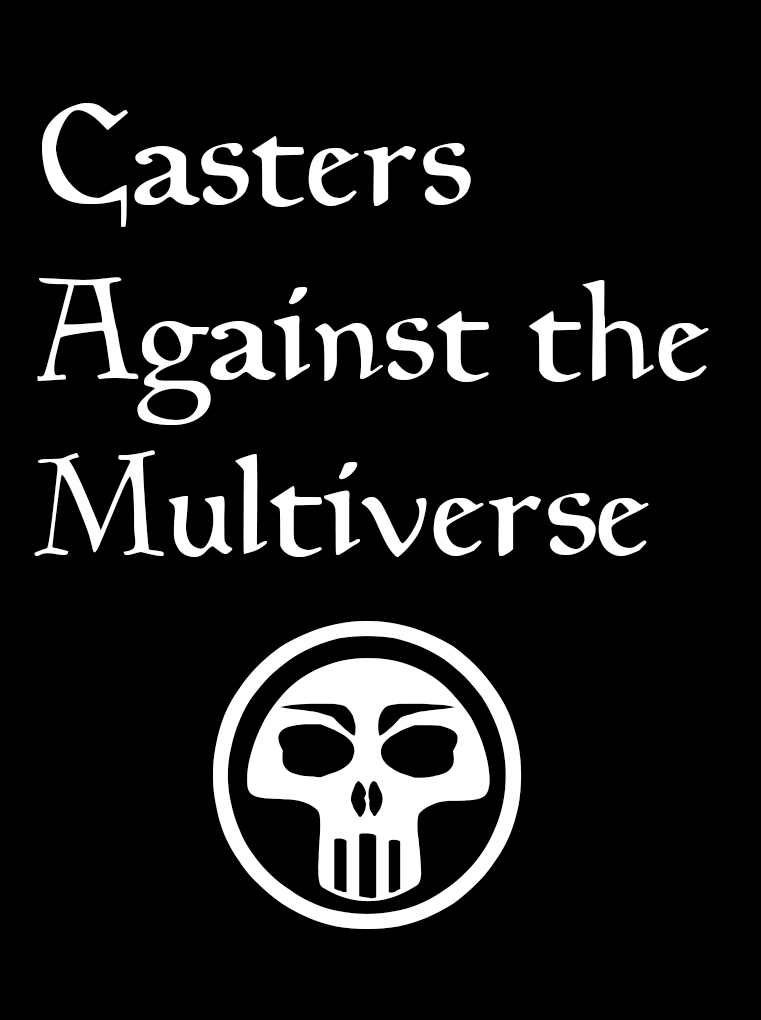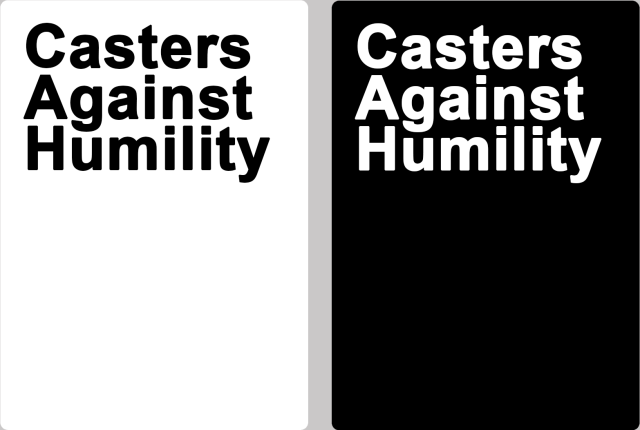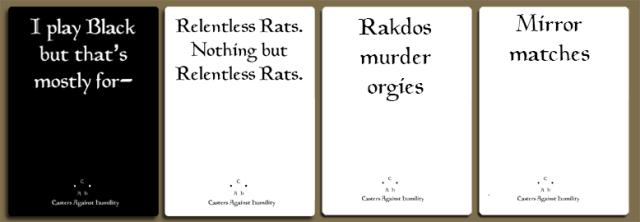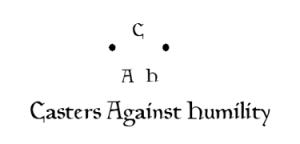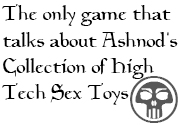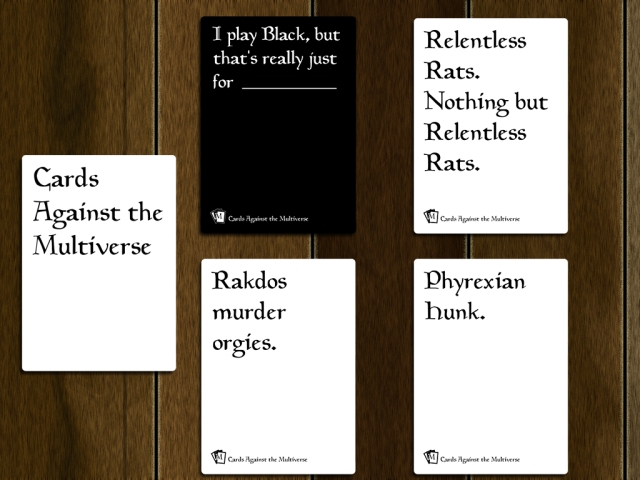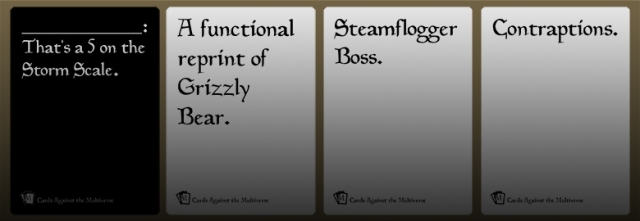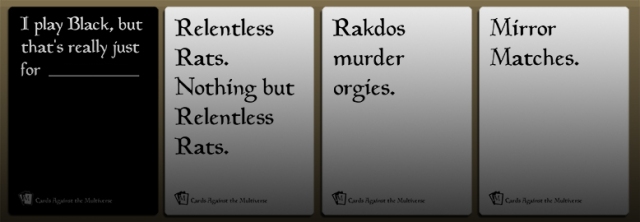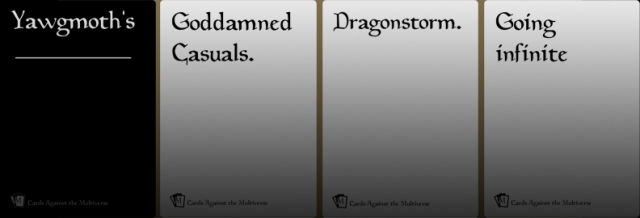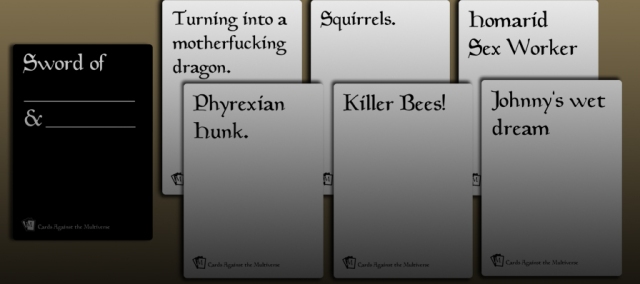I originally wrote this for my Argumentation and Debate class this past semester. It’s an argument in favor of instating a Basic Income that would put people just below the poverty threshold, and I chose that number because I felt that’s what I could support with the data I had. I personally think we should do more, maybe a $20K/yr basic income, or even $30k/yr, which would be roughly $5k more and twice the poverty threshold respectively, but Basic Income is already a pretty radical idea and I knew I’d be going in trying to convince people who had likely never even heard of the idea. I thought people might find this interesting
Claim: The US Government should instate a Basic Income of $150/wk ($7.8K/yr) paid to all residents of 18 years of age or older and $50/wk ($2600/yr) for those 15 to 17 years of age, with reductions for those who are employed.
First, it is important to outline the specifics of the proposal, and what it is hoped will be accomplished. A Basic Income of $7,800 a year would not put a person above the poverty line in and of itself. The 2015 Poverty Threshold is $11,770 for a single adult household (US Department of Health and Human Services). Below this amount, a person is considered to be living in poverty. Thus the proposed Basic Income is not an instant cure. To be above the poverty line, an adult living by themselves would require a further $4000 a year, or nearly half again the amount of their Basic Income. Based on the Dauphin, Manitoba Mincome experiment, a reduction of 50 cents per dollar earned working seems reasonable (Langley). This would mean that an individual adult living on their own would need to make, essentially, $6000 from working, which amounts to working roughly 16 hours a week at the current federal minimum wage of $7.25 an hour (Department of Labor), or 13 hours a week at the current California minimum wage of $9 an hour (Department of Industrial Relations). If two adults lived together, as a couple or roommates, they would be only $400 below the Poverty Threshold of $15,930 for a two person household. If only one worked, they would need work only 83 hours in the entire year at the current federal minimum wage to raise their household over the Poverty Threshold. Due to the fact that this Basic Income alone will not keep one out of poverty, it is actually a “Partial Basic Income,” but even so, its benefit to the unemployed and underemployed is obvious.
There are several benefits to instituting such a program. First, the increase in socioeconomic status across the board would lower crime rates and alleviate the effects of unemployment on criminality. Second, the increased socioeconomic status of Americans would promote more healthy lifestyles. Third, more citizens would contribute to society as their financial security allows them to devote time to their communities. Finally, a Basic Income would be an effective contingency in the near future as increasing numbers of jobs are lost to machinery and computer programs. The cost of such a program would be easily covered if Basic Income replaced existing social programs.
To begin, according to the Handbook of Crime Correlates, high socioeconomic status correlates to lower crime rates, while higher unemployment correlates to higher criminality (Ellis). Basic Income may not in and of itself lower unemployment, but it would ameliorate the effects of unemployment as the unemployed are provided with a a guaranteed income of a given amount which will not run out. The unemployed will be less likely to turn to crime out of desperation. FBI studies show such correlation and suggest this cause (Raphael and Winter-Ebmer), and further state that the fall of unemployment can also decrease crime by up to 30% across the board. While Basic Income may not be quite as good as employment, Basic Income studies in Namibia show a decrease in crime of 42% (Bergman). There is, therefore, ample evidence to suggest that not only would a Basic Income decrease poverty, it would also decrease crime, and by extension what our society spends on it. If the Basic Income also required that individuals lack a criminal record, as suggested by Charles Murray (Longley), the potential loss of Basic Income could further dissuade individuals from breaking the law.
As well, a Basic Income could provide considerable benefits to society through improving the health of individuals. There exists an inverse correlation between socioeconomic status and “unhealthy behaviors such as tobacco use, physical inactivity, and poor nutrition” (Pampel). Under the Affordable Healthcare Act, the individual cost of such unhealthy behavior can be seen as a communal cost. Therefore, the general and widespread rise in socioeconomic status of individuals due to the institution of Basic Income, causing the fall in unhealthy behaviors, can be seen as reducing communal costs. This can be seen more concretely by looking at the Manitoba and Namibia Basic Income experiments. In Namibia, malnourishment, a seldom acknowledged but very real problem in America (Egger), fell by 25%. In Manitoba, hospital visits were reduced by 8.5%, and improvement was seen in the domestic violence and mental health rates (Bergman). US studies which preceded the Manitoba experiment also saw positive affects on nutrition and health data, such as an increase in the birth weights of newborns. People who are provided money for which they don’t have to rely on a job are statistically healthier and this increased health trickles down to younger generations too.
Crime and Health are not the only things improved by a Basic Income. The economy itself is improved as well. When one is struggling to feed themselves and their family, it can be truly difficult to have the money, energy or even opportunity to contribute to one’s society. A person struggling to buy groceries, for example, may not be able to afford the transportation costs to give their time to their church or people in need of support, even if they have the time due to unemployment. Indeed, they probably need such support themselves. The ability to help others, or even be of much functional value to one’s community is a luxury bought by the lack of worry for food and shelter security. However, Basic Income experiments in Kenya and the US show that if people are given money, they often invest it back into the community and economy which gave it to them. A man who had been given a year’s salary with no strings led to people in his village repairing their homes and starting their own businesses as that one man stimulated his village economy. In the US, recipients of Basic Income returned to school for acting classes and psychology degrees, or started composing, becoming researchers and “self-sufficient, income-earning artists.” (Bergman)
One final reason to instate a Basic Income is the inevitable progress of technology. More and more jobs that were traditionally done by humans are being performed by machines and programs. These machines and programs are often cheaper, more reliable, and do not require breaks as humans do. Baxter is a “general purpose robot” which can be adapted to perform virtually any job, and can “learn” how to perform tasks by being shown, rather than programmed. Baxter costs $20,000 (Grey), but a typical factory worker would cost $24,252 in wages alone over the course of a year (Assembly Line Worker Salary). Whereas the factory worker requires breaks and insurance, Baxter can be run 24 hours and will not cause expensive lawsuits or settlements if damaged while working. Driver-less cars are already in use, and the change of the transportation industry from human drivers to driver-less vehicles is eminent. When it happens, it will put 3 million people out of work across the country at least (Grey). Programs which can perform complex calculations and logic algorithms faster and with greater fidelity than humans are already in use, and their take over of human brain labor began before we’d even reached the moon. In the 60s, Nasa’s computers were humans who would use adding machines to compute long equations. Computer is no longer a job title, however, it is a physical object at our command. Instating a Basic Income would combat the inevitable unemployment and allow people to eschew their now-computer-performed job for their passion, regardless of just how profitable that passion may or may not be.
There are two primary arguments against Basic Income, however. The first is cost, and the second is an objection to laziness. However, neither sufficiently demonstrates why Basic Income should not become the law of the land.
First of all, government spending on Family and Children welfare support, Unemployment spending and housing subsidies amount to $200 billion a year (Chantrill). Secondly, looking at the costs imposed by society (McCollister) and the number of murders and non-negligent manslaughter reports in the US in 2012 (U.S. Homocide), we find that in 2012, murders and non-negligent manslaughters cost the people of the US a total of $133 billion alone. Looking at the results of the Namibia Basic Income experiment, Basic Income could reduce the societal cost of murder by $53.28 billion. In 2013, Bergman projected the savings of Basic Income’s reduction of hospital visits to be $200 billion all on it’s own. Together, these effects amount to nearly $500 billion that could be saved were Basic Income instated in the US, and they are only a portion of the effects. The average societal cost of a crime is $290,569, and when crime is potentially reduced by as much as 40%, if we were as lucky as Namibia, that $290.5 thousand adds up. Further, if an individual’s Basic Income is reduced by $.50 per dollar they earn working, the average American would not receive Basic Income, due to making an average yearly salary of $44,888–far more than the $15,600 which would reduce Basic Income payments to $0 (SSA.gov). If it is assumed that 50% of employed Americans qualify for half of the Basic Income payment of $7,800, on average, the cost of supplying employed adults with Basic Income would be $447 billion. The cost of providing Basic Income to the unemployed (Forbes) would be $104 billion. Totaled, Basic Income would cost at most $551 billion. Easily paid by savings gained in replacing current government cash assistance programs with Basic Income, the reduction of the crime rate, and the fall of hospital visit and their associated costs.
This leaves the concern of laziness. The idea being that if people are given free money, they will stop working to live on the modest government dole. However, historical Basic Income experiments show that hours work typically fall by less than 15%. In Manitoba, total work hours fell by only 13% (Bergman), with breadwinners barely decreasing hours worked, while women took off a couple of months of work for maternity leave and students took more time for their studies. The Denver experiment showed an even lower decrease in total hours worked, only 9%, a drop caused by nearly identical factors. To the amount that people changed their approach to work at all in response to a Basic Income, it was generally to pursue work they enjoyed better.
In conclusion, Basic Income is a good without condition or provisos. It can lower crime, promote greater community engagement and communal health, lead to greater fulfillment as people use it to invest and support themselves through the growing pains of new careers, and give us a place to turn in the face of greater and greater rates of automation. It neither costs more than what we currently spend inefficiently, nor promotes laziness, and most of all, it provides security and livelihood for the most vulnerable and disadvantaged members of our society that they may grow to provide a greater portion of their security and that of society.
Works Cited
Bergman, Rutger. “Why We Should Give Free Money to Everyone.” De Correspondent. The Correspondant, 24 Dec. 2013. Web. 11 May 2015.
Chantrill, Christopher. “Government Spending Details.” : Federal State Local for 2015. N.p., n.d. Web. 11 May 2015.
Department of Industry Relations. “Minimum Wage.” Minimum Wage. N.p., n.d. Web. 11 May 2015.
Egger, Robert. “5 Myths about Hunger in America.” Washington Post. The Washington Post, 21 Nov. 2010. Web. 11 May 2015.
Ellis, Lee, Kevin M. Beaver, and John Paul. Wright. Handbook of Crime Correlates. Amsterdam: Elsevier/Academic, 2009. Google. Web. 4 May 2015. <http://books.google.com/books?id=eD0ttBXoMvQC>
Grey, C.G.P. “Humans Need Not Apply.” YouTube. YouTube, 13 Aug. 2014. Web. 04 May 2015.
Longley, Robert. “Mincome: A Guaranteed Income for All Americans.” About.com. N.p., n.d. Web. 11 May 2015.
McCollister, Kathryn E., Michael T. French, and Hai Fang. “The Cost of Crime to Society: New Crime-Specific Estimates for Policy and Program Evaluation.” Drug and Alcohol Dependence. U.S. National Library of Medicine, n.d. Web. 11 May 2015.
Pampel, Fred C., Patrick M. Krueger, and Justin T. Denney. “Socioeconomic Disparities in Health Behaviors.” Annual Review of Sociology. U.S. National Library of Medicine, n.d. Web. 04 May 2015.
Payscale.com. “Assembly Line Worker Salary (United States).” Assembly Line Worker Salary (United States). N.p., n.d. Web. 11 May 2015.
Raphael, Steven, and Rudolf Winter-Ebmer. “Identifying the Effect of Unemployment on Crime*.” JSTOR. The University of Chicago Press, n.d. Web. 11 May 2015.
SSA.gov. “Social Security.” National Average Wage Index. Social Security, n.d. Web. 8 May 2015.
Statista. “U.S. Homicide: Number of Murders by State 2013 | Statistic.” Statista. N.p., n.d. Web. 11 May 2015.
US Department of Health and Human Services. “2015 Poverty Guidelines.” 2015 Poverty Guidelines. N.p., n.d. Web. 11 May 2015.

